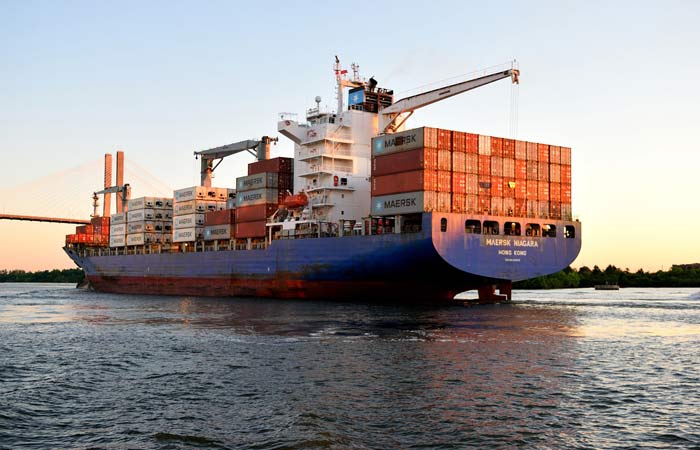Like all industries, the international sea freight industry undergoes many changes. The rapid advancement in technologies, fuels, and other relevant materials affect this large and complicated industry. Although trends come and go, you need to be updated with them to survive in the marketplace.

So what are the recent trends in the international sea freight industry? Here are they:
Digital Sensoring
The technology to track shipping operations and performance is progressing. The ships have an entire network of sensors to evaluate every aspect of operation, such as fault detection and identifying areas requiring repair or maintenance. Moreover, the more efficient ship to shore communications controls most aspects of shipping activities by the ground team of fleet managers.
You May Also Like
- 5 Workplace Hazards in The Retail Industry and How to Prevent Them
- Online Payment Methods in the Online Casino Industry
- Top 7 Career Opportunities In Travel And Tourism Industry
Environment-friendly Shipping
The shipping fleets worldwide strive hard constantly to control the carbon footprint. International sea freight uses various cutting-edge technologies to save fuels, reduce friction and improve hull coatings. Some technology implementations are low carbon fuels, more effective propeller design, more streamlined hulls, and voyage planning.
Liquid Natural Gas (LNG) as a Commercial Shipping Fuel
LNG is growing popular as a commercial shipping fuel. It helps operators to reduce emissions and maintain competitive pricing. It decreases CO2 emissions by approximately 25%.
Traditional oil-based fuels have always dominated the marketplace. However, LNG is expected to be adopted more in the future for specialist vessels. Due to the increasing demand for LNG, technology would advance on a larger scale.
Wind Turbines or Solar Panels
The international sea freight industry uses renewable energy generated by wind turbines or solar panels to fuel the fleets after testing various technologies. For instance, the entire world has circumnavigated The Turan or PlanetSolar, a catamaran activated by 29000 solar cells.
However, the possible implementation of this technology in commercial shipping would decrease fuel consumption by supplementing the power supply with mounted wind turbines or solar panels.
Larger Megaships
The advancements in ship technology, materials, and frameworks will lead to bigger and bigger mega-ships, mainly in the container shipping industry.
Triumph is the world’s most giant container ship that measures 400 m long. The second-largest container ship is The Shard Building in London that is 310 meters tall. This big ship can contain up to 20150 TEU containers. Manufacturers are and will try to make the most reasonable transport costs so that these vessels can provide production gearing to make the best use of this container space.
Related Article: How Do You Choose The Right Transportation Service?
In the End
There are quite a lot of things trending in the international sea freight industry. More trends tend to come up in the future with the growing advancement of technologies. No matter what trends come and go, you will have to stay updated with the latest changes in the industry to stay ahead of your competitors.
Customers always prefer to choose a company that is updated with the latest trends. If they find anything outdated about your sea freight company, they would back off and shift to your competitors. Embrace the latest global sea freight industry trends to attract maximum customers and make it big in the marketplace.